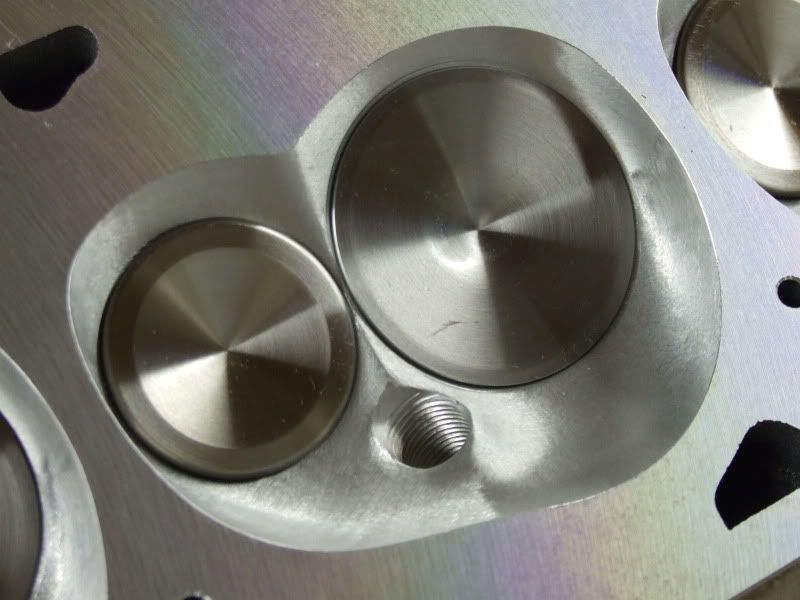Why does head milling equal reduced flow?
#1
Read Pat G's "Recipe to 500 RWHP" thread several times this week. Thanks, Pat G & Tony Mamo. In the thread, he states that head milling leads to reduced head flow. Why?
Although, I believe what is stated because these guys are the proven winners. I just don't understand why. Can someone explain why head milling reduces head flow? Yah, chamber size is smaller, but, the piston motion opens up the area where the air is entering. This is why I don't understand how the two are related. It must be related to how the chamber size effects velocity?
Please comment.
Although, I believe what is stated because these guys are the proven winners. I just don't understand why. Can someone explain why head milling reduces head flow? Yah, chamber size is smaller, but, the piston motion opens up the area where the air is entering. This is why I don't understand how the two are related. It must be related to how the chamber size effects velocity?
Please comment.
#3
OK, in Pat G's example, 0.71 cubic inches was removed & then some portion of that, 0.61 square inches + a little depth was added back. It must have had very little depth or else they would have been adding a lot of volume back to the combustion chamber. So, basically they removed 0.71 cubic inches, minus the small amount lost to get from 3.9" to 4" diameter, in order to re-shaped the chamber.
Are we saying that if a similar modification isn't made when decking 241's .030" (a very common occurrence), we are losing airflow?
Are we saying that if a similar modification isn't made when decking 241's .030" (a very common occurrence), we are losing airflow?
#4
The biggest issue from milling (excessive milling really) is your removing material around the valve that helps "shape" (for lack of a better word) the cone of air coming off the port (on the intake side) and entering the port on the exhaust.
It changes the dynamics of both ports because basically the chamber is an extension of the intake port and the entrance to the exhaust.....chamber mods and milling can and will have an effect on airflow and power output.
Here is a picture of a "Mamofied" 230 chamber I recently finished.....the detail you see in the combustion chamber is there for a reason, although the same pic with the valve removed would have been even better.

So when you mill the chamber excessively you are in fact changing the airflow dynamics of both intake and exhaust.....some heads are more sensitive to milling than others however.
Lastly and most importantly.....always opt for the compression.....never shy away from milling because you worried about losing a few CFM. The compression gains always add more to your power and torque output than any minor losses from flow will hurt your numbers.
Keep in mind however that if you can achieve the right compression with less milling (tighter quench, different piston design, etc.) that is always the most desirable situation.
Hope this helps....

-Tony
It changes the dynamics of both ports because basically the chamber is an extension of the intake port and the entrance to the exhaust.....chamber mods and milling can and will have an effect on airflow and power output.
Here is a picture of a "Mamofied" 230 chamber I recently finished.....the detail you see in the combustion chamber is there for a reason, although the same pic with the valve removed would have been even better.

So when you mill the chamber excessively you are in fact changing the airflow dynamics of both intake and exhaust.....some heads are more sensitive to milling than others however.
Lastly and most importantly.....always opt for the compression.....never shy away from milling because you worried about losing a few CFM. The compression gains always add more to your power and torque output than any minor losses from flow will hurt your numbers.
Keep in mind however that if you can achieve the right compression with less milling (tighter quench, different piston design, etc.) that is always the most desirable situation.
Hope this helps....

-Tony



